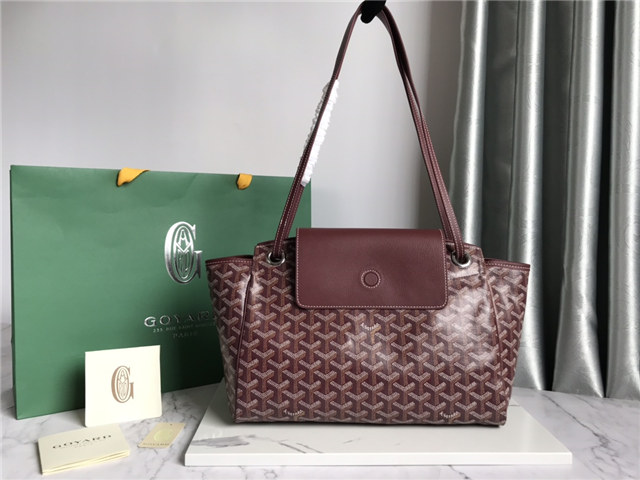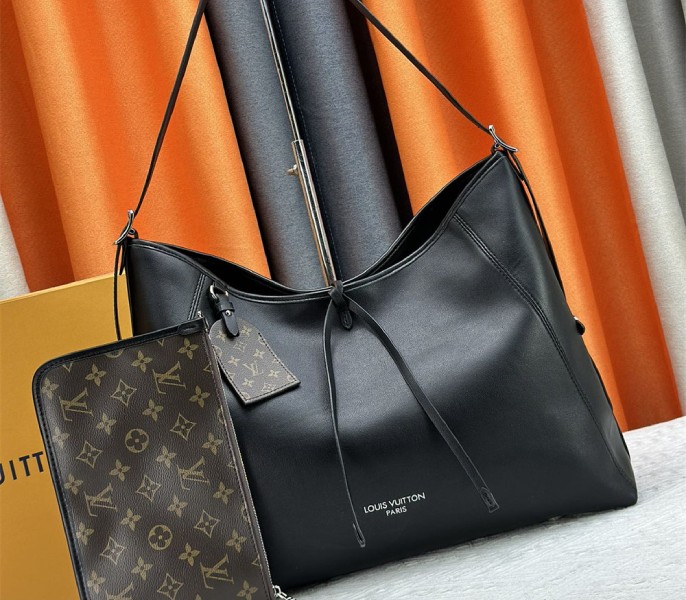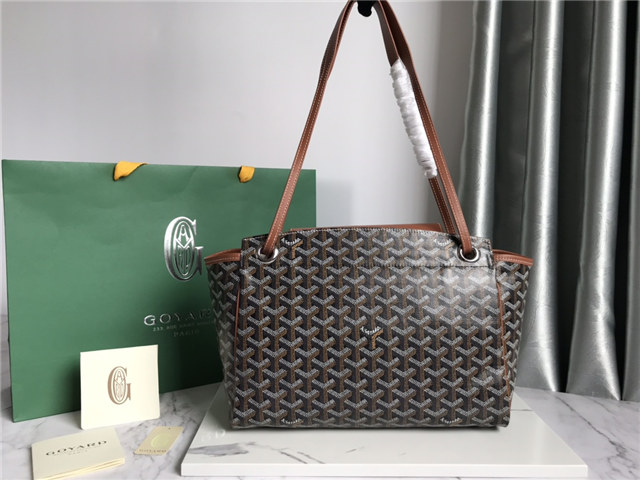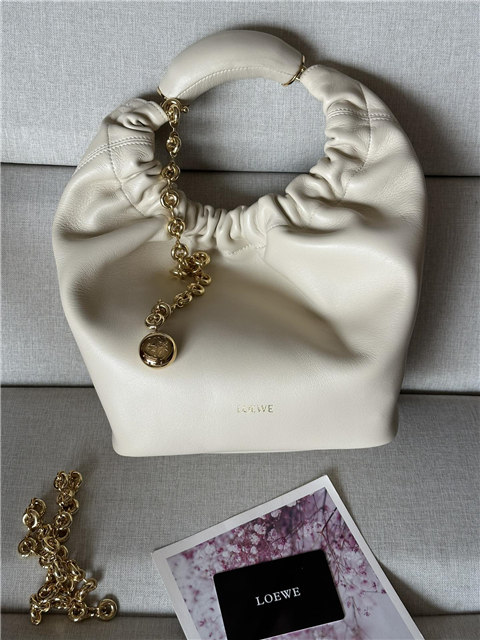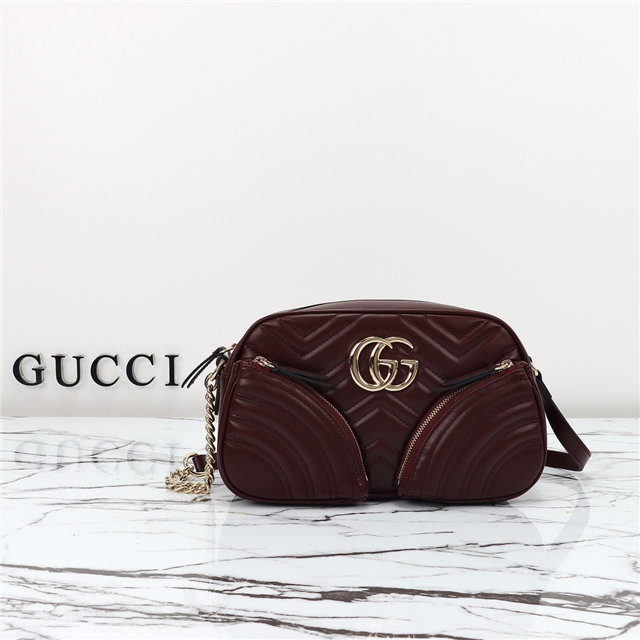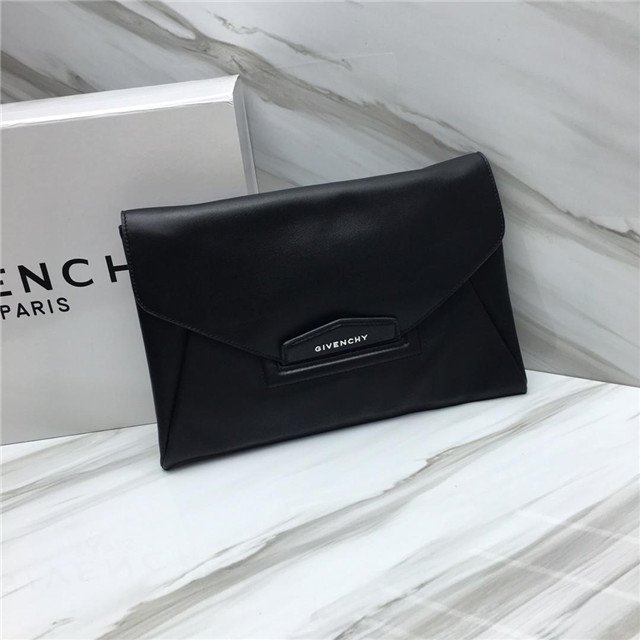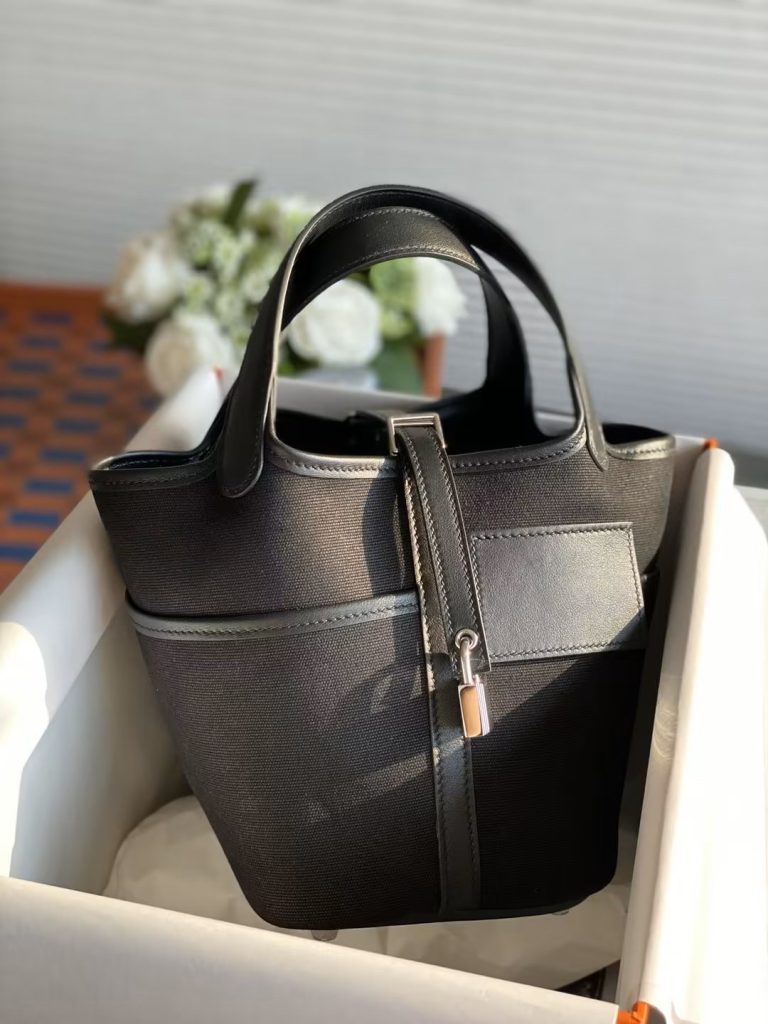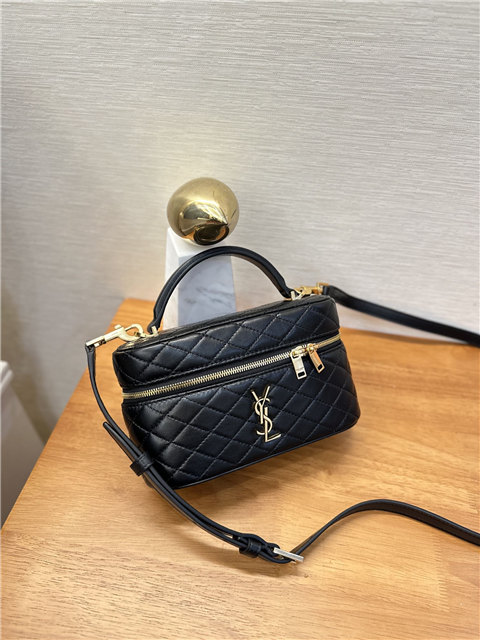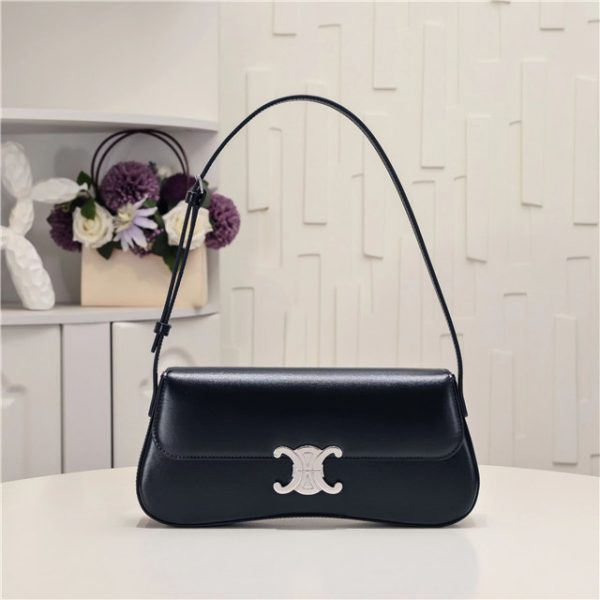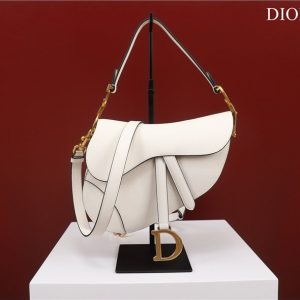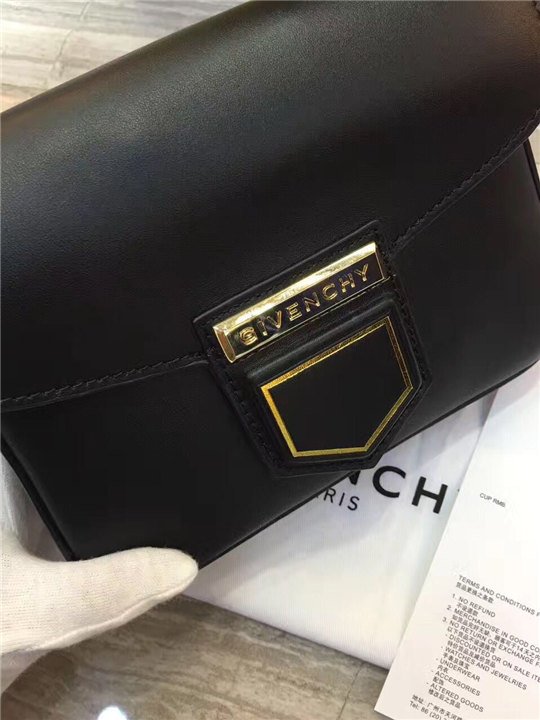So, how do you avoid this horological heartbreak? Well, it’s not an exact science, but there are definitely some things to keep in mind. First off, and this is a biggie, is the price. If it sounds too good to be true, it probably IS. I mean, a real IWC ain’t cheap. You’re paying for the brand, the craftsmanship, the history… the whole shebang! If someone’s offering you a “brand new” IWC for, like, a couple hundred bucks, run. Just run. Don’t even look back.
Then there’s the whole “Replica Cao Cấp” thing. This is where things get trickier. They’re calling them “Super Clones” or “1:1 Fakes.” Basically, they’re trying to make them look as close to the real deal as possible. And honestly, some of these are getting pretty damn good. It’s scary, I tell ya.
But even the best fakes have flaws. You gotta be a detective. Look closely at the details. Is the font on the dial crisp and clear? Or is it a little blurry and uneven? Are the hands perfectly aligned? What about the movement? If you can see it, does it look like a high-quality automatic, or does it look like something that belongs in a kids’ toy?
Honestly, sometimes it comes down to gut feeling. Does the watch feel right? Does the weight feel right? Does the seller seem trustworthy? If something feels off, trust your instincts.
And speaking of sellers, where you buy it matters a lot. Buying from some random website or a shady guy in an alley? Probably a bad idea. Stick to authorized dealers or reputable pre-owned watch dealers. Yeah, you’ll pay more, but at least you’ll have some peace of mind.
Oh, and one more thing! The “Bo May Dong Ho Iwc Fake” – the movement! This is a huge giveaway. A real IWC uses a high-quality movement, often modified in-house. A fake will almost always have a cheaper, mass-produced movement. Unless you’re a watchmaker, it’s hard to tell, but if you can get it checked out by a professional, it’s worth the money.


